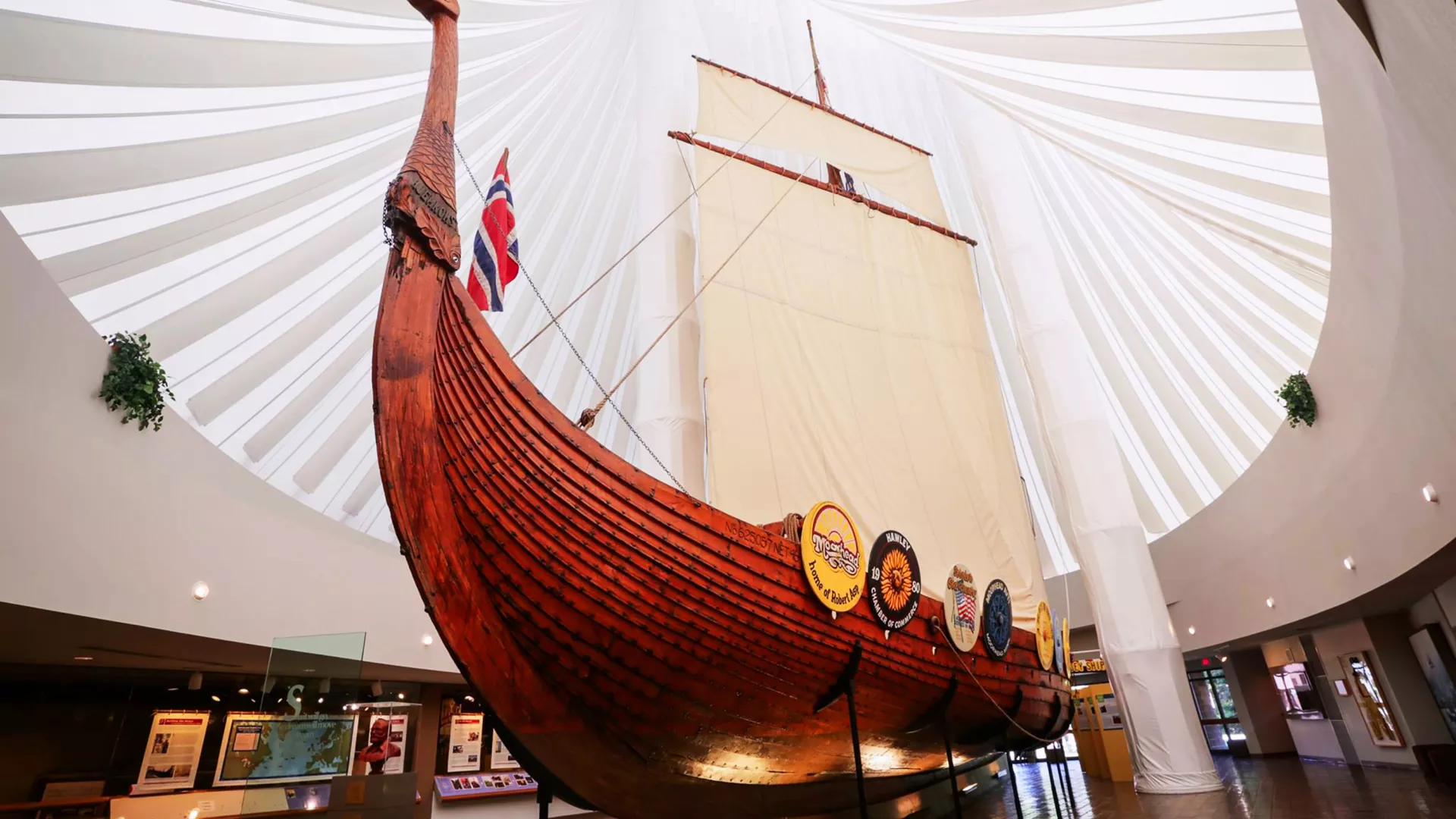
Minnesota's Best History and Culture Museums
Minnesota's best museums reach well beyond the art world. Whether you’re a history buff who loves a memorable storyline or a connoisseur of pop culture, there's a little something for everyone within the following list.
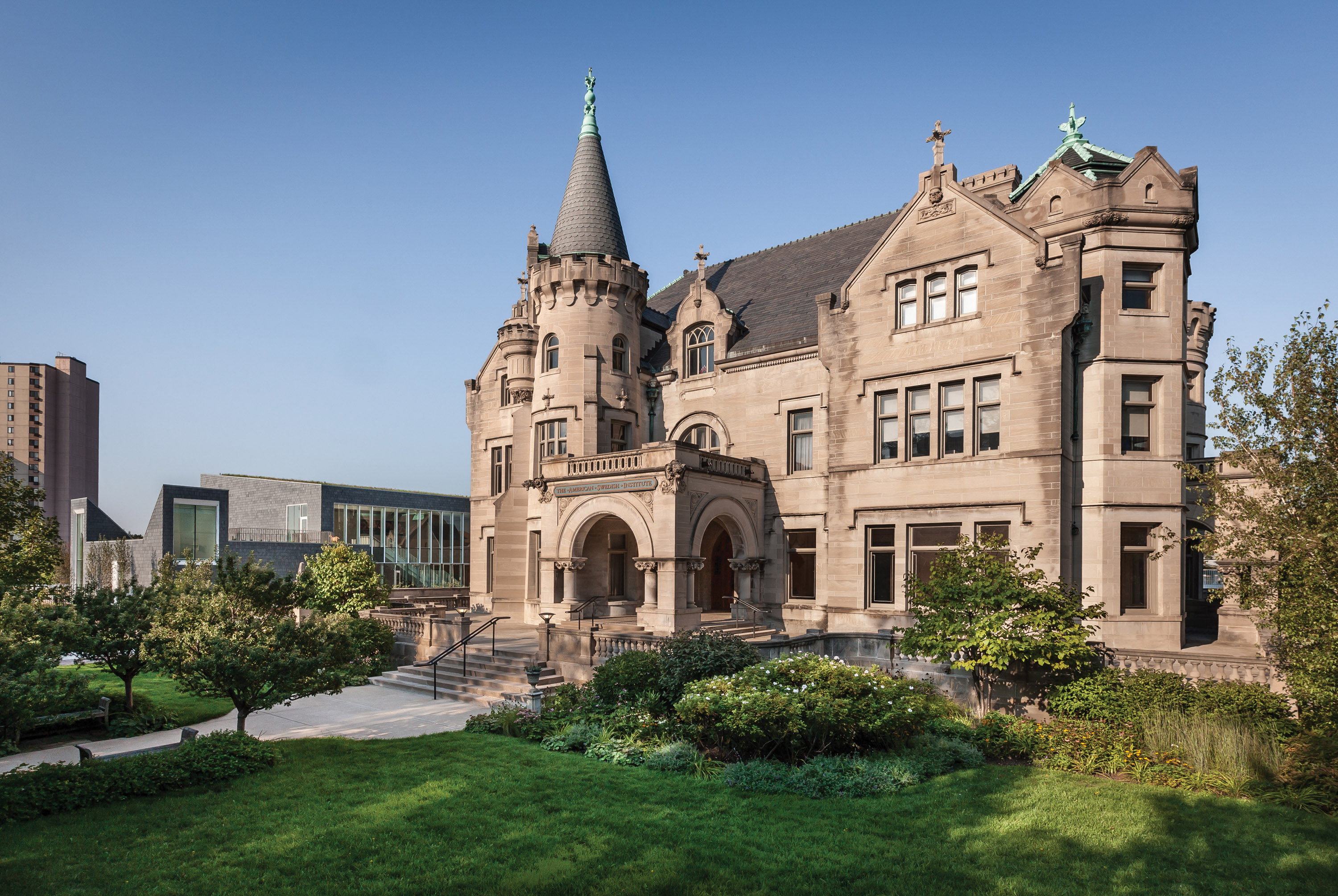
American Swedish Institute
Minneapolis
The American Swedish Institute blends history lessons with contemporary exhibits on its two building campus in Minneapolis. More than 100 years ago, local Minneapolis architects built the Turnblad Mansion for a Swedish couple, Swan and Christina Turnblad. As part of the National Register of Historic Places, the mansion now hosts cultural events and tours showcasing the 33 rooms and countless Swedish details, such as intricate tile stoves (a.k.a. “kakelugnar”).
After strolling through the mansion, swing by the Nelson Culture Center for a coffee or lunch break at FIKA, ASI’s award winning cafe. Looking to never stop learning? Stick around for a special, North House Folk School-esque class on Nordic handicrafts, sourdough baking, or secondary languages like Swedish, Finnish and North Sámi.
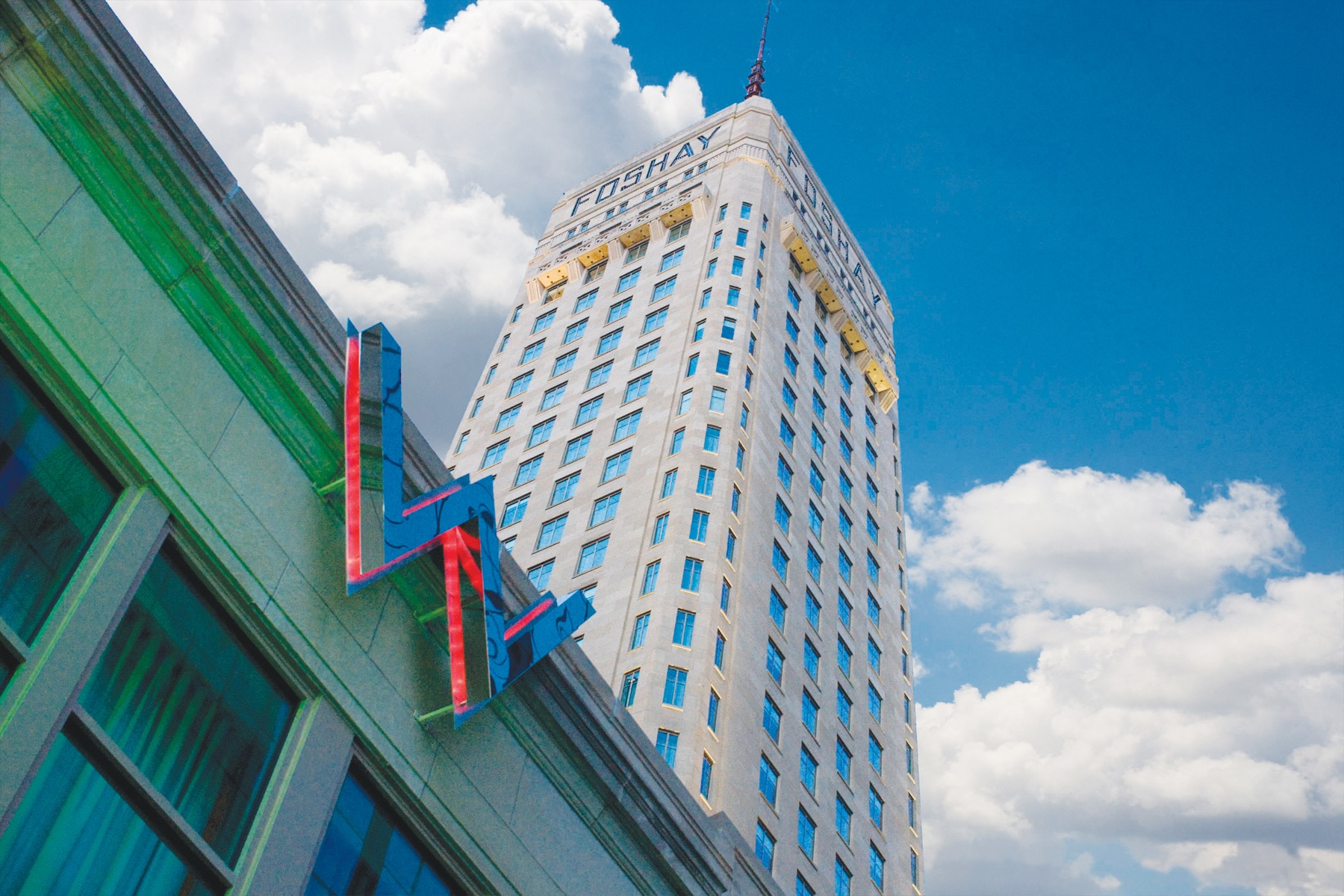
Foshay Museum & Observation Deck
Minneapolis
Once known as the tallest skyscraper in the midwest, the Foshay Tower now stands as a landmark for Minneapolis’ early downtown development. Featuring an outdoor observation deck on its 31st floor and a 360 degree view, the Foshay offers a unique look into the center of the city.
Inside, the Foshay Museum allows guests to read the glamorous stories of Wilbur Foshay, see artifacts from the opening celebration, and learn the dramatic details of the tower’s sale just a few months later due to the stock market crash.
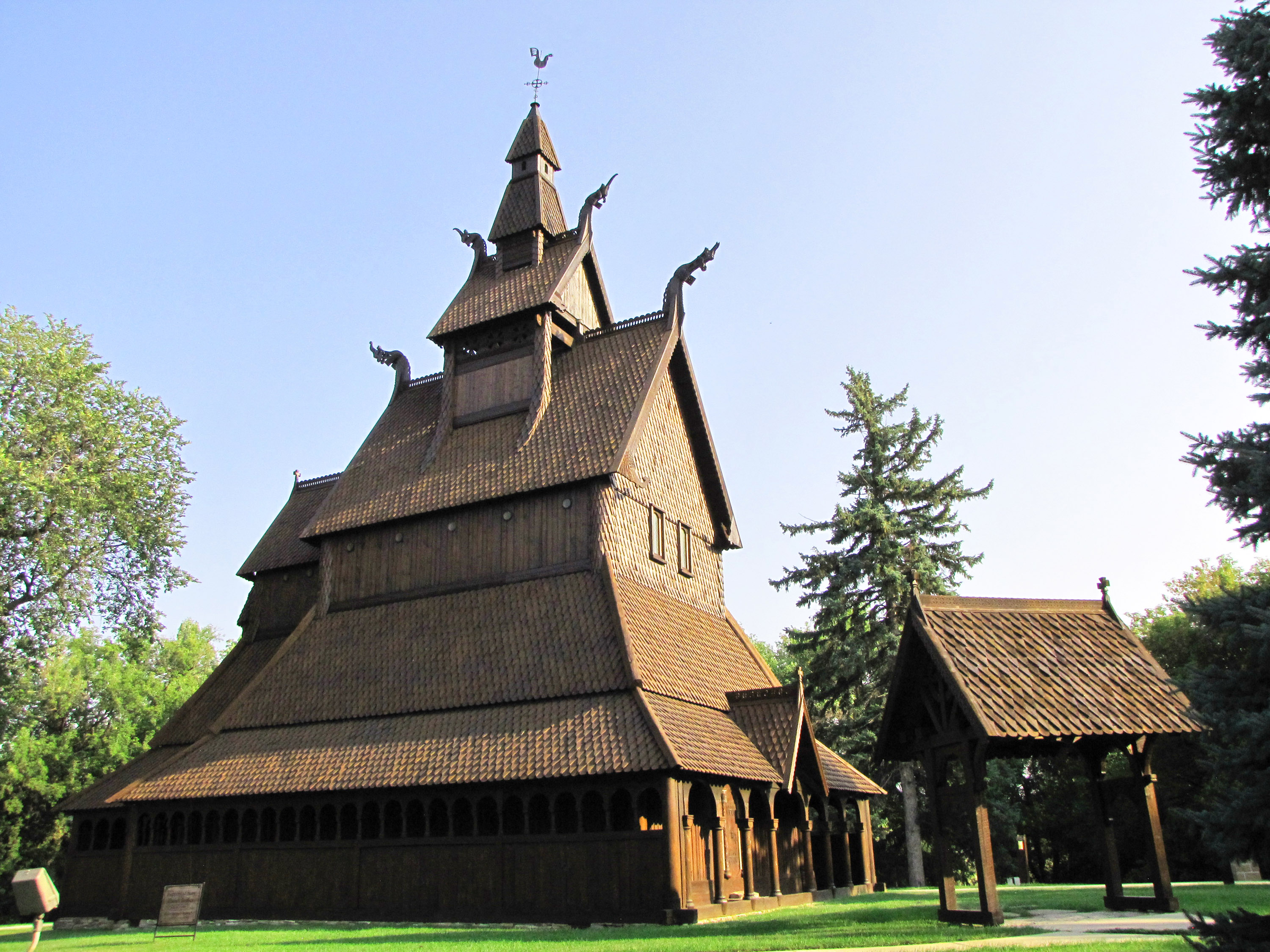
Hjemkomst Center
Moorhead
Have you ever wondered what a Viking ship looked like? The Hjemkomst Center in Moorhead features one such Viking ship: the Hjemkomst (pronounced “YEM-komst” and means ‘homecoming’ in Norwegian), which was built in the 1970s and modeled after a Norwegian burial ship that was originally constructed circa 800 CE. Minnesotan Bob Asp built the ship himself and later sailed it all the way from Duluth to Oslo in 1982.
The center offers another unique experience in the Hopperstad Stave Church, a full-scale replica of a Norwegian church built during the Viking Age.

Legacy of the Lakes
Alexandria
Minnesota is the land of 10,000 lakes and even more boats. Many of these, ranging from wooden boats to Minnesota-made boats, are on display at the Legacy of the Lakes Museum in Alexandria, a town known for its miles of lakeshore. Explore the boats on display as well as the exhibits featuring lake-centered pastimes like fishing.
Visit during the summer to catch the museum’s Legacy Gardens outdoor concert series, or plan ahead and stay for the annual boat show honoring the craftsmanship of classic and vintage boats.

Mill City Museum
Minneapolis
In Minneapolis’ downtown Mill District, one can see the steel signs for both Pillsbury Flour and Gold Medal Flour as part of the colorful skyline. There to tell the story of the flour milling boom at the turn of the century is the Mill City Museum.
A place to share the science of industry, the museum features a “Flour Tower” elevator experience, combining film and photographs with dramatic lighting, sound, and special effects for an immersive view of life working in the mill. Curious museum-goers can stop by the Baking Lab to learn about different grains of wheat and the milling process. If you’re lucky, you might even get to enjoy a taste of those grains freshly baked!
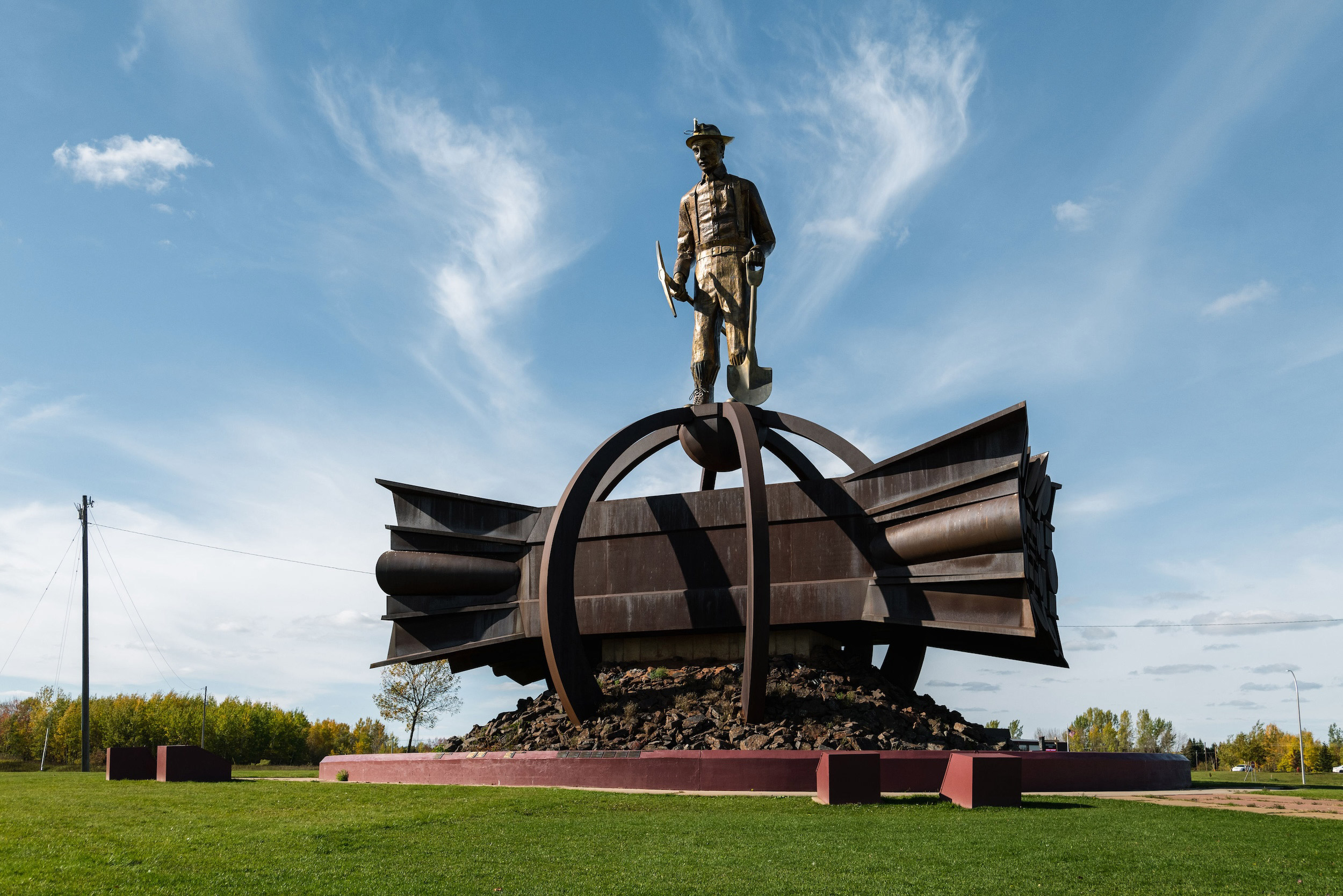
Minnesota Discovery Center
Chisholm
Head up north to Chisholm and visit the Minnesota Discovery Center to see the rich history of the Iron Range and unearth more about the state’s mining past, from the organization of labor strike to the diverse and ancient geology of the area. It also features outdoor exhibits spotlighting life for pioneers, fur traders, early homesteaders, and indigenous peoples who all called this area home.
Looking to dig deeper into the archive? Check out the Iron Range Research Center to sift through over 4,000 records and 7,000 volumes on northeastern Minnesota history.
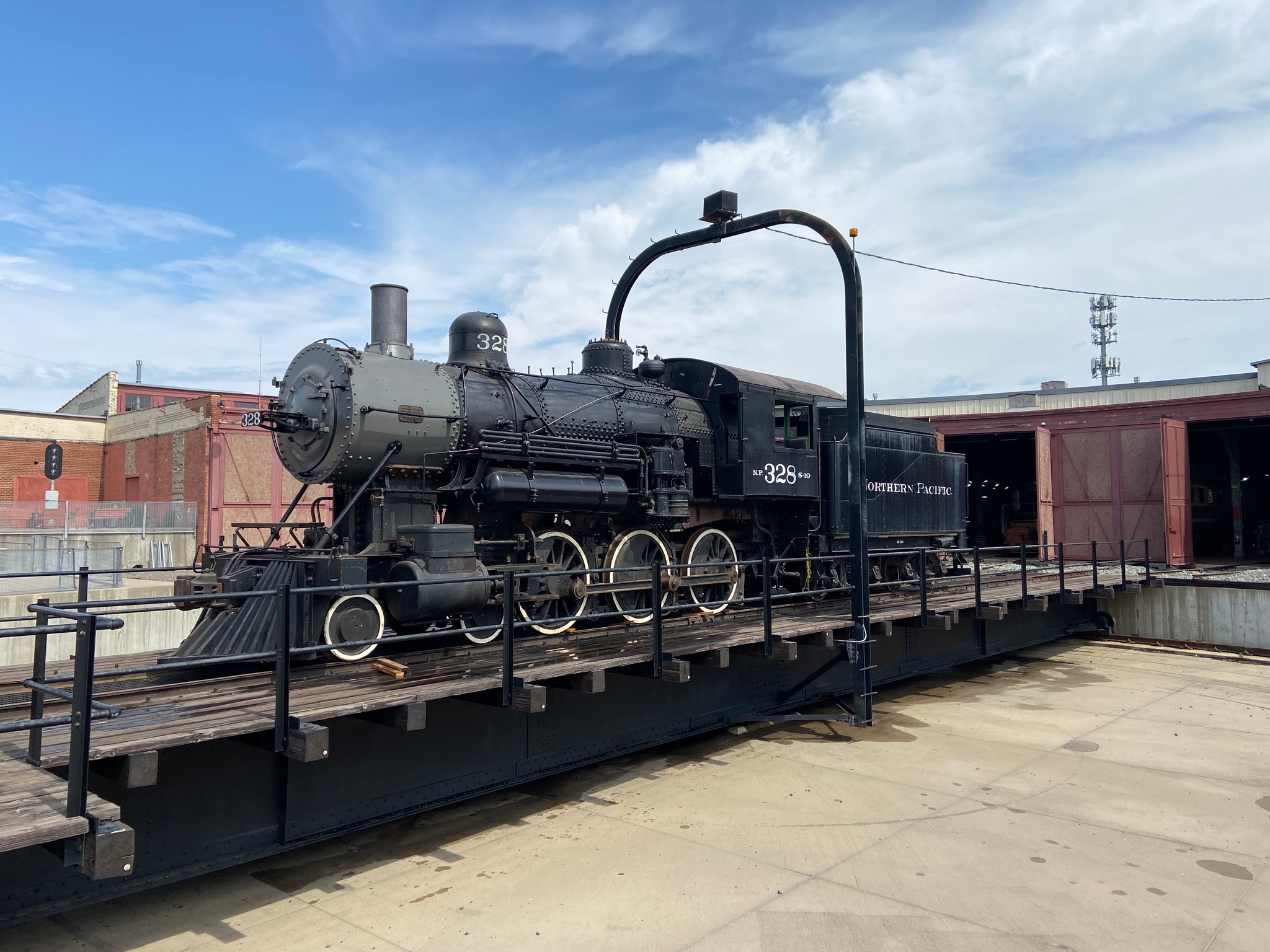
Minnesota Transportation Museum
St. Paul
St. Paul’s Jackson Street Roundhouse is home to the Minnesota Transportation Museum and one of the last functional railroad roundhouses. Hands-on exhibits feature the history of train transportation and a Northern Pacific Railway steam engine.
What used to be the steam engine maintenance facility for the Great Northern Railroad now serves as a starting point for train rides along the Osceola and St. Croix Valley Railway. Whether the landscape is colored with peak fall foliage or blanketed in snow, a train ride is a beautiful way to see Minnesota.
With a series of kid-friendly and fun-focused programming like Tots and Trains, the MTM is a great destination for locomotive enthusiasts of all ages!
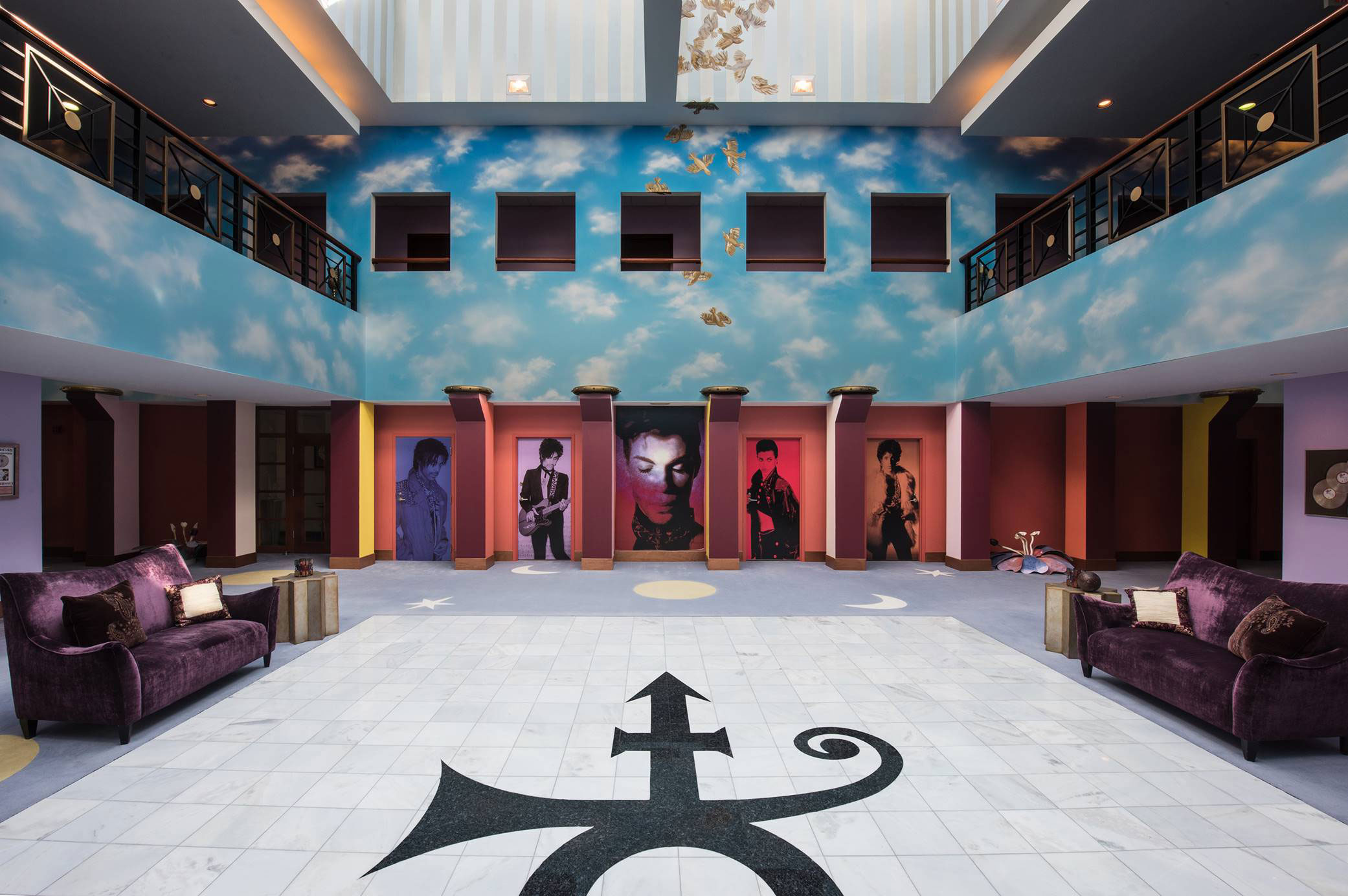
Paisley Park
Chanhassen
When it comes to pop culture, music, and fashion of the not so distant past, look no further than Paisley Park, the home of the Minnesota musician and creative force Prince. Head southwest of the Twin Cities to visit the estate and hop on a tour of the recording studios and personal archives full of instruments, art, awards, and Prince’s memorable concert attire.
Paisley Park first opened its doors to creative collaborators of Prince’s in 1987 and still remains a center for creative expression today.
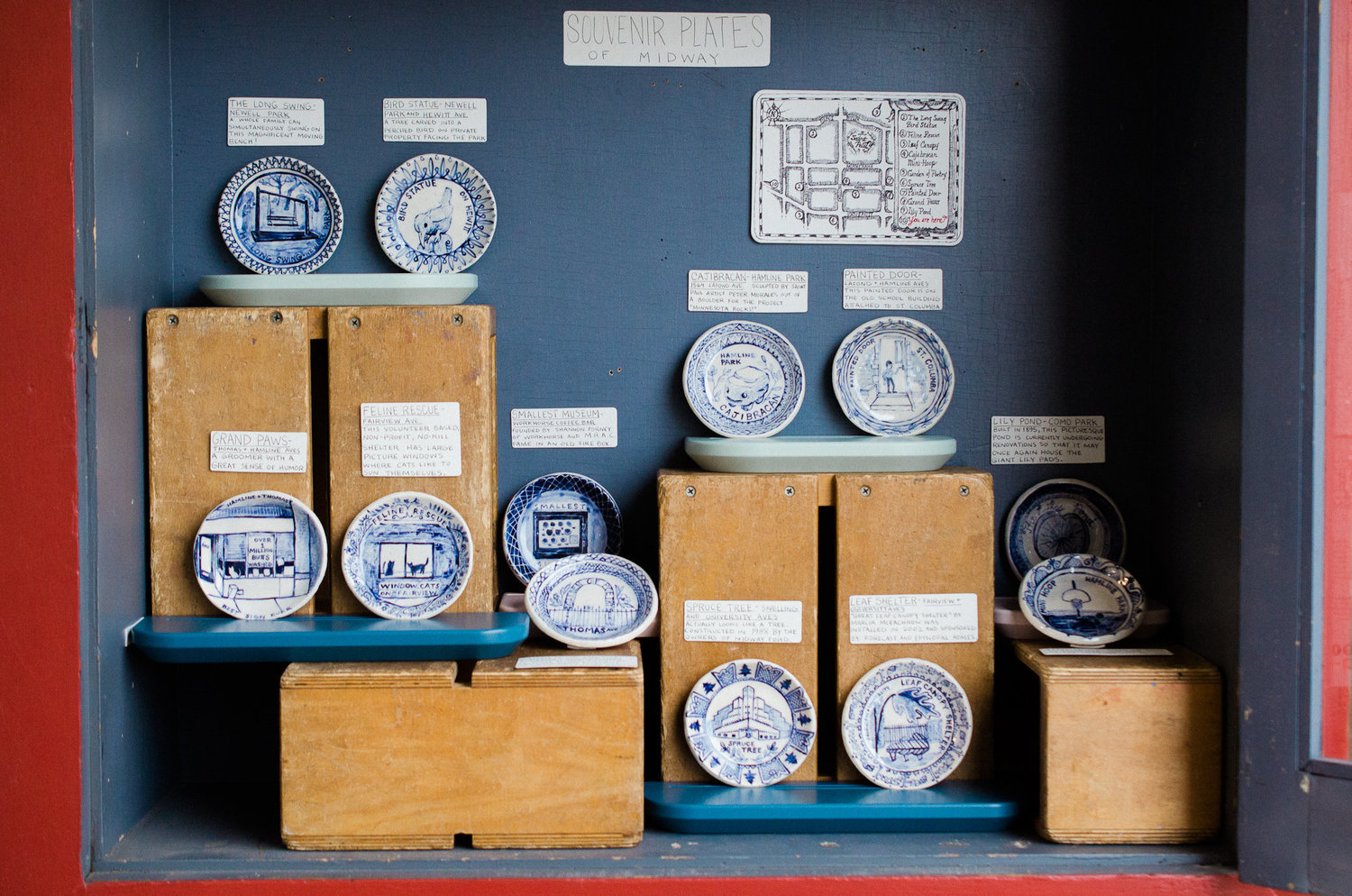
Smallest Museum in St. Paul
St. Paul
The Smallest Museum in St. Paul is a micro museum — a perfect stop for anyone walking along University Avenue. It's a small display inside of a vintage fire hose cabinet next to a coffeeshop and serves as an outlet for artists, historians, naturalists and makers.
Previous one-of-a-kind exhibits have included a series of hand-crafted “Lego Mosaics,” painted ceramic plates recognizing landmarks in St. Paul’s Midway neighborhood, and a collection of Jell-O-themed memorabilia.
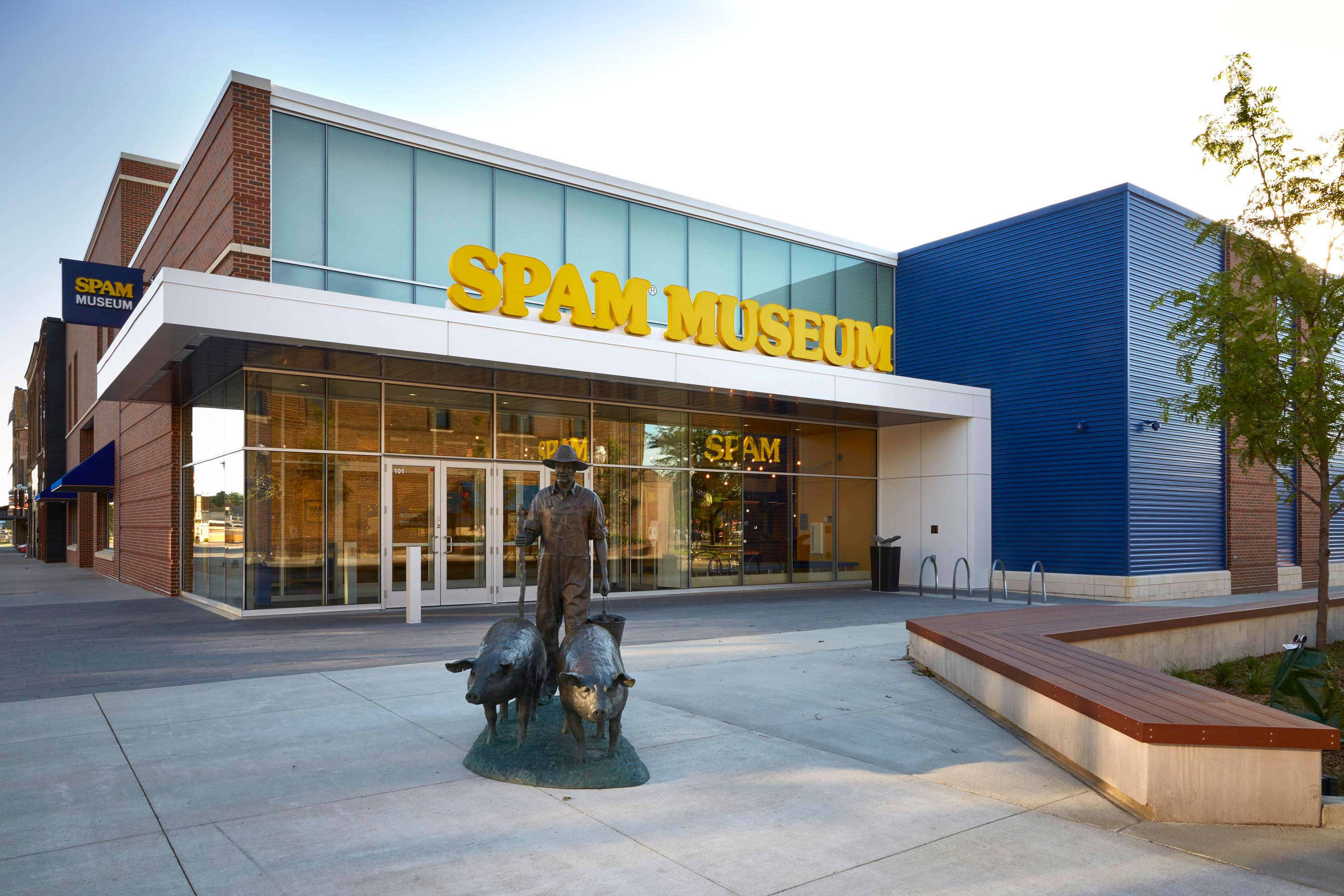
SPAM® Museum
Austin
Just 100 miles south of the Twin Cities is Austin and one of the state’s most unique institutions — the SPAM® Museum! Take a meandering walk through this downtown icon on a self-guided adventure, or join one of their “SPAMbassadors” for a 30-45 minute guided tour through the nearly 90-year history and artifacts of this beloved, quirky food. The museum features interactive exhibits as well as a display of the original equipment used to make the canned meat.
So, why Austin? Hormel, SPAM’s parent company, was founded there in 1861. Considering SPAM was a ubiquitous menu staple for soldiers in World War II, the museum is the perfect fun destination for foodies and military buffs alike!
Find out more about museums in Minnesota.
